Lucca, Tuscany. The church of San Giusto
2021
The church of San Giusto is a church in Lucca located in the square of the same name. The current building, built on a previous one, dates back to the second half of the 12th century.
You may also like
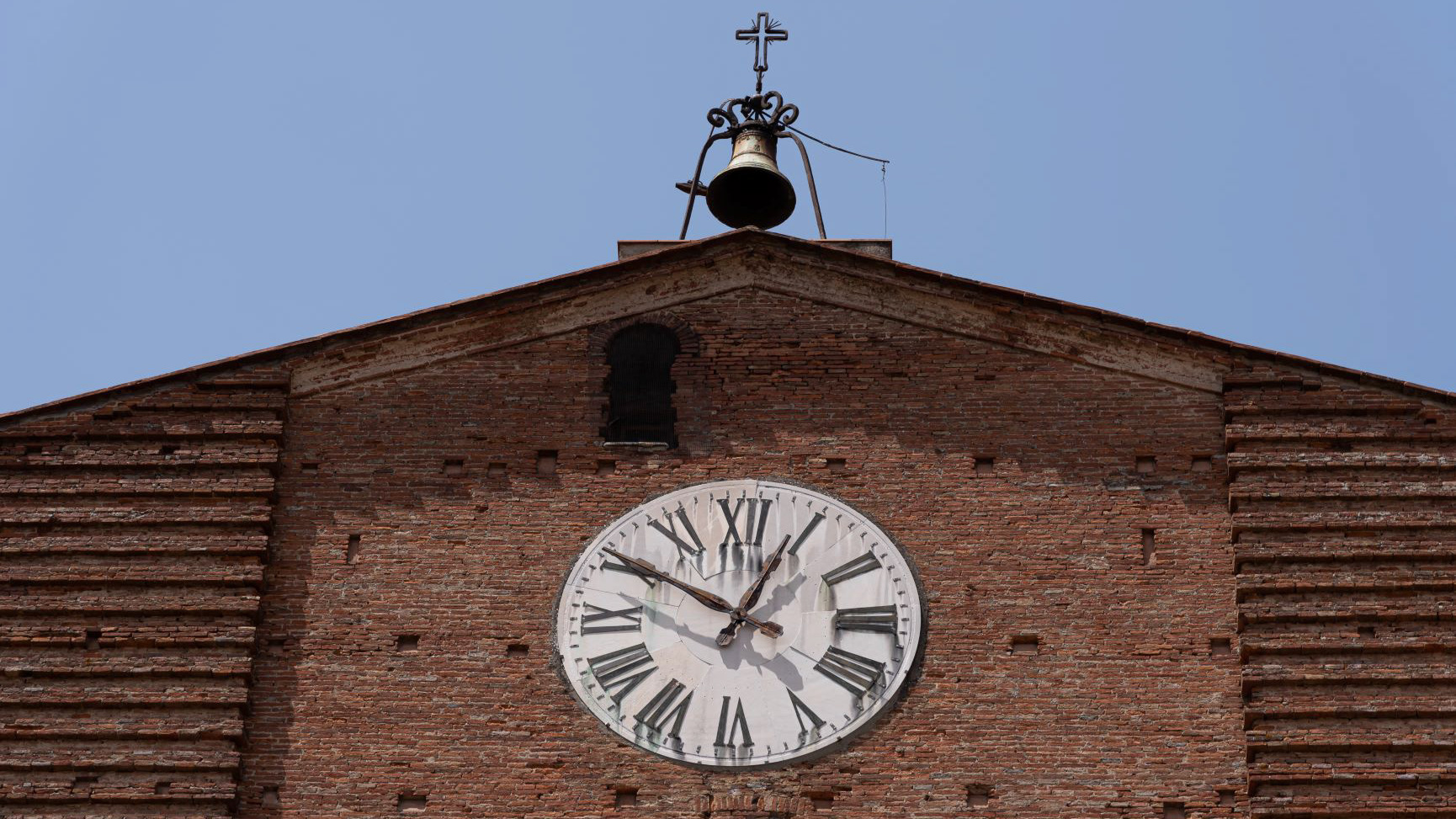
2021
Fucecchio, Collegiate Church of San G. Battista
Fucecchio, Collegiate Church of San Giovanni Battista. Named after San Giovanni Battista, it stands on today's Piazza Vittorio Veneto, on the site of the ancient parish church.
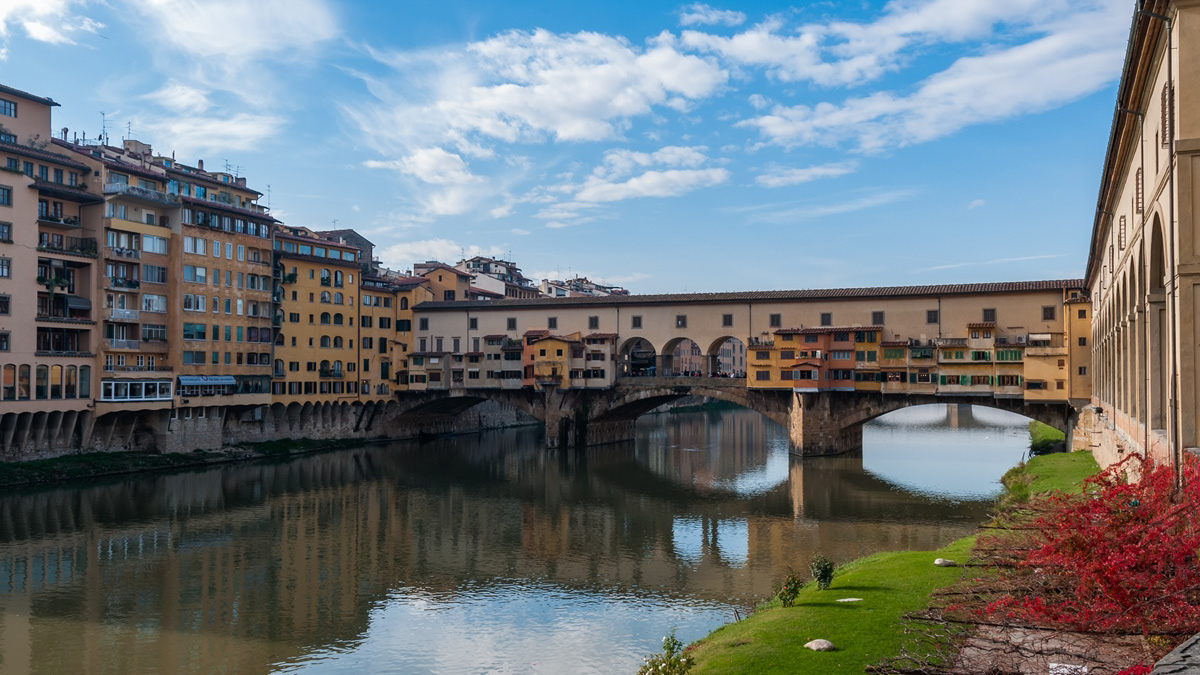
2018
Firenze
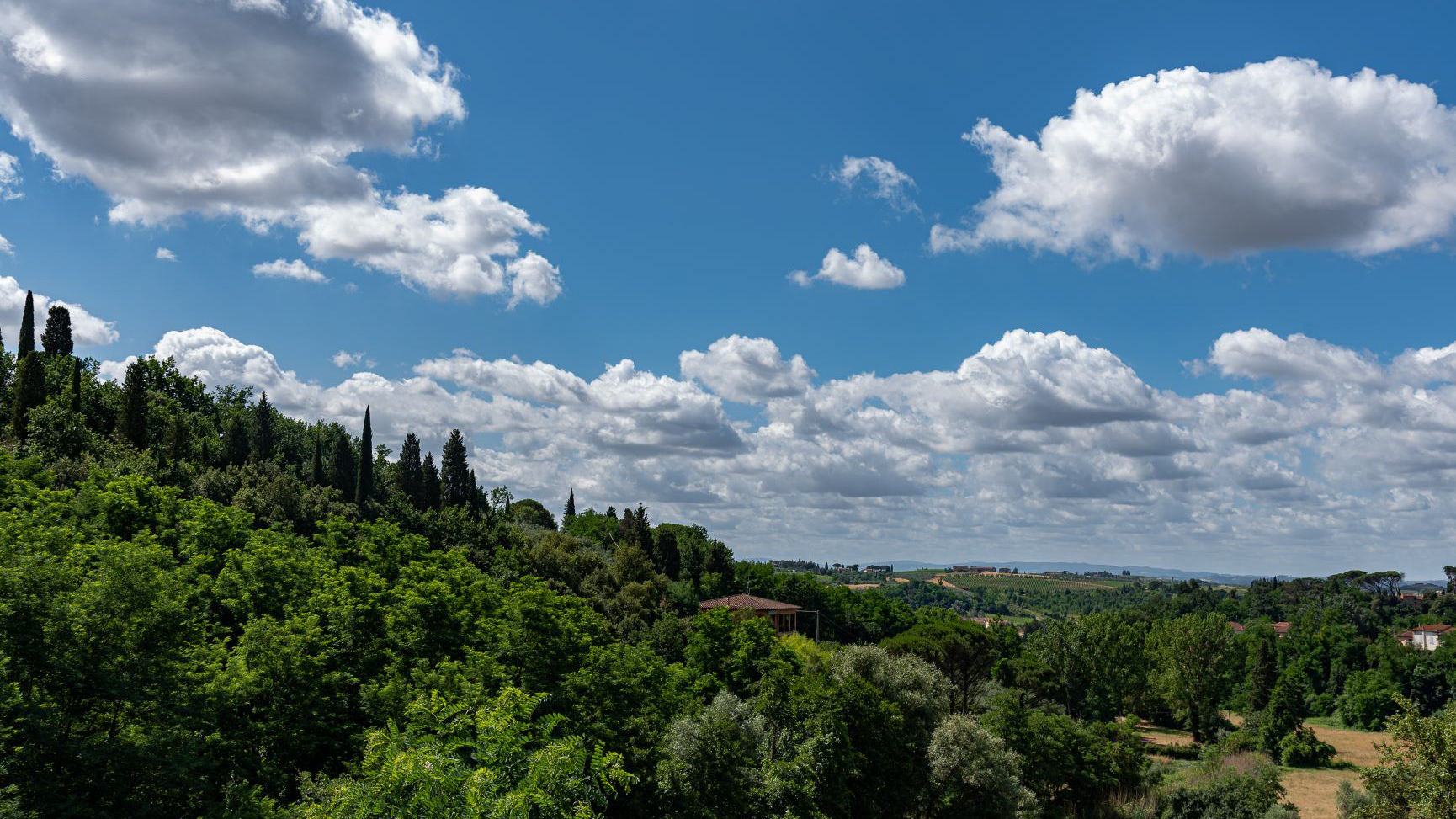
2021
Wonderful summer views of the Tuscan hills
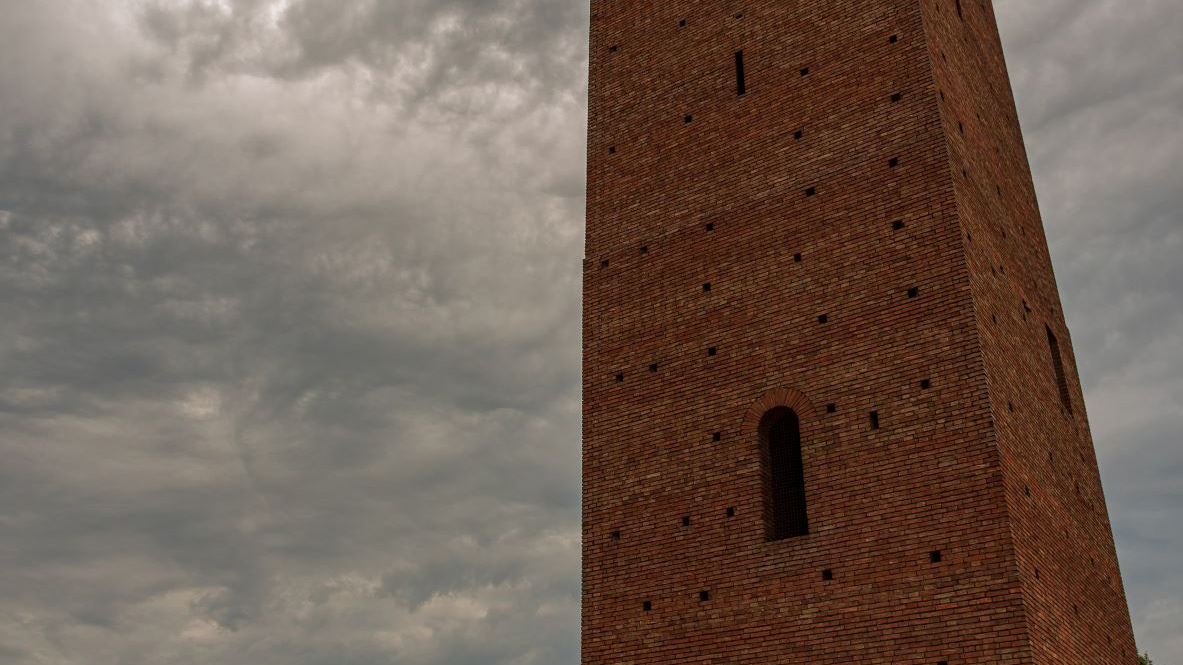
2021
San Miniato, Tuscany. Rocca di Federico
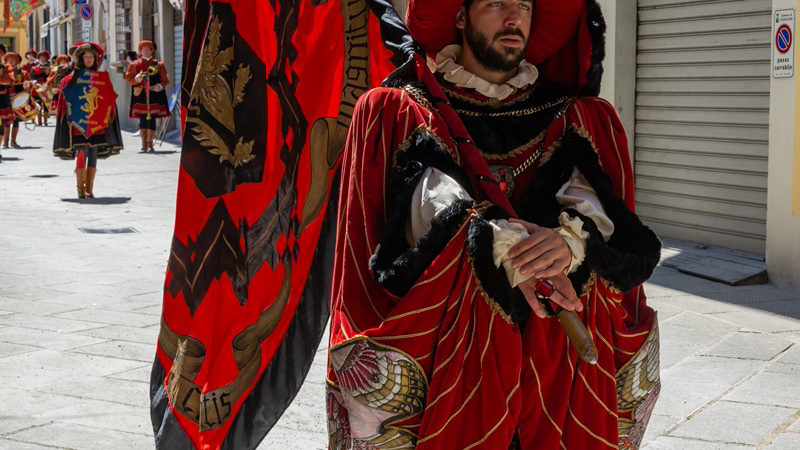
2018
Fucecchio, parade of the districts 2018
The Palio delle Contrade Città di Fucecchio, commonly known as the Palio di Fucecchio, is an event reminiscent of a contest held in Fucecchio around 1200. Originally called Palio della Lancia, it takes place on the penultimate Sunday of May (except for the edition of 2017). The race includes two heats and a final, on horses mounted bareback by jockeys. The last historical edition of which we have news from the local historical archives dates back to June 14, 1863. It was only from the eighties that the carousel came back to life with regularity. The forerunner of the modern Palio was the "Fratres blood donors group", which in 1980 organized a pony race to promote blood donation. From the following year it was decided to organize a real Palio delle Contrade, with horses mounted in saddles. After an initial presence of sixteen districts, the number definitively dropped to the current twelve. From 1987 the saddle was abandoned, and the horses were mounted bareback. Since 1995, the FRATRES blood donors group left the Palio in the hands of the municipal administration, as it has grown a lot compared to how it was born. The event takes place inside the "ex quarry of Andrea" commonly called "La buca" by the locals: a natural racecourse suitable for horse racing. The land of the "hole" has been trodden by the strongest Italian jockeys: from Aceto to Cianchino, from Pesse to Trecciolino passing through other important jockeys such as Massimino II, Il Bufera, Bucefalo, Bastiano up to the youngest promises such as Gingillo, Lo Zedde , Bighino, Sgaibarre, Velvet, Tittia, Vittorio.
2021
Lucca, Tuscany. The church of San Cristoforo
The church of San Cristoforo is a church of Lucca in Tuscany located in via Fillungo. Built in the 11th century, it was rebuilt in the mid-12th century.
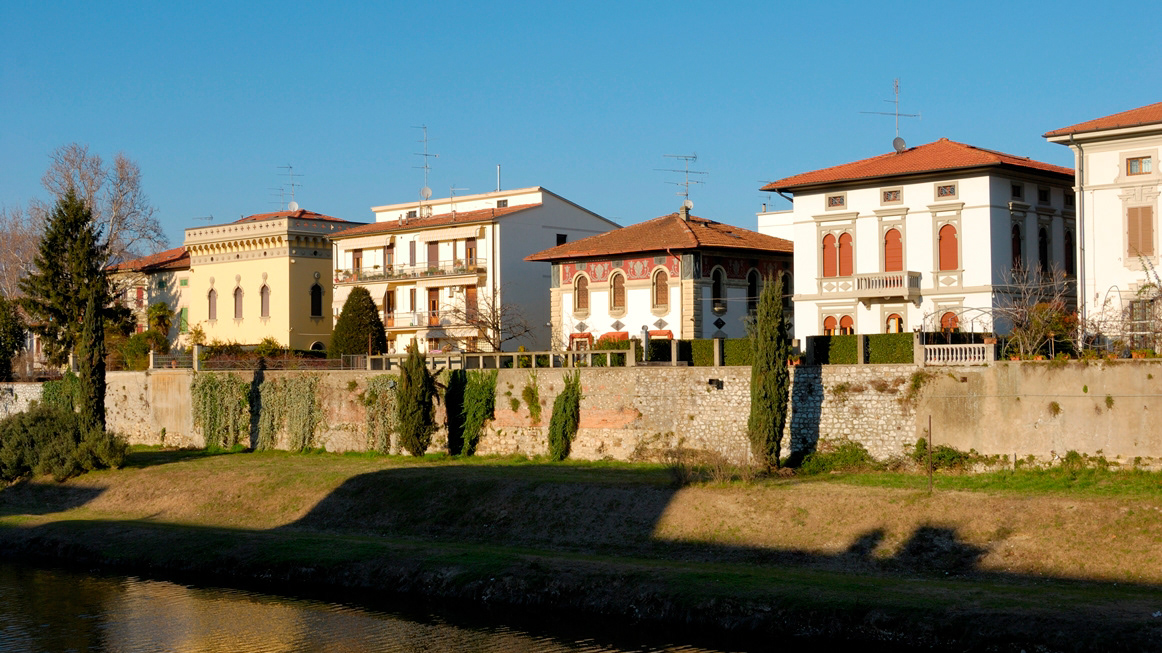
2008
Prato
Prato is an Italian town of 194,390 inhabitants, the capital of the province of the same name in Tuscany. It is the second largest city in Tuscany and the third in central Italy by number of inhabitants after Rome and Florence. Until 1992, the year of the constitution of the province of the same name, it was the most populated non-provincial town in Italy, then in the province of Florence. The Prato plain was inhabited since the Etruscan era, but the birth of the city itself dates back, generally, to the 10th century, when we have news of two contiguous but distinct inhabited centers, Borgo al Cornio and Castrum Prati, which merged during the following century. In the Prato economy, textile production has always played a leading role since the Middle Ages, as evidenced by the documents of the merchant Francesco Datini, but it is in the nineteenth century that Prato saw an impetuous industrial development, which still make it one of the most important districts at the European level. The city boasts historical and artistic attractions of great importance, with a cultural itinerary that begins with the Etruscans and then expanded in the Middle Ages and reached its peak with the Renaissance, when artists of the caliber of Donatello, Filippo Lippi and Botticelli.
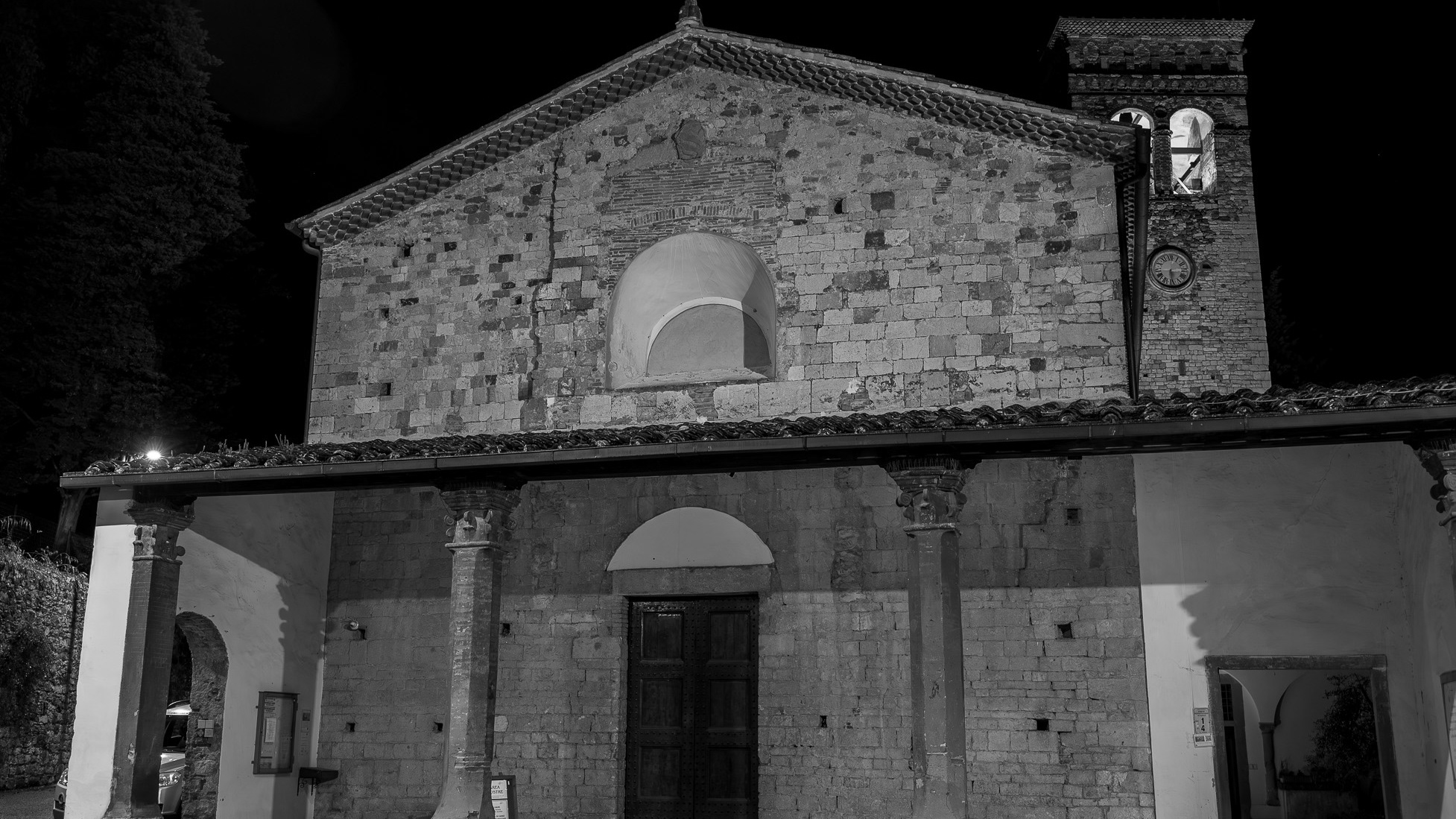
2023
Rocca di Montemurlo. Pieve di San Giovanni Decollato
The parish church of S. Giovanni Battista Decollato opens onto the square of the village. The parish church of Montemurlo has an ancient and controversial history, we find the first trace of it when Otto III, on the occasion of his coronation as emperor (995), descends to Italy for Rome and on his journey (998) confirms the possessions of Bishop Antonino of Pistoia among which our pieve is noted. It has a simple plan, with a single nave with presbytery and choir, modified in the second half of the last century. Originally the parish church had very small dimensions and it was only during the 16th century that we witness the first expansion works carried out by the humanist Bartolomeo Fonzio, parish priest in Montemurlo from 1494 to 1520, who had the rectory and the cloister built alongside the church, of which however, the round arches and columns with Corinthian capitals now walled up can still be traced. The parish church is 'protected' by an imposing bell tower which was originally a watchtower then transformed and refined, in the first half of the 16th century as part of the transformations carried out by the active parish priest, with the large mullioned windows that we see on each side, surmounted by brick arches. The large window is supported by octagonal columns and the shutters of the arches that conclude the tower are decorated with a notched frame that also surrounds the roof. Entering the church we cross a loggia, added during the 17th century, supported by brick columns with Ionic-inspired capitals. The interior of the church, with a goat-like roof, is enriched by four aedicule altars, one of which dates back to the 16th century, a model for the others built in the 18th century. On the altars and walls of the presbytery, valuable paintings by the painters Francesco Granacci, Giovanni Stradano, Matteo rosselli and Giacinto Fabroni.
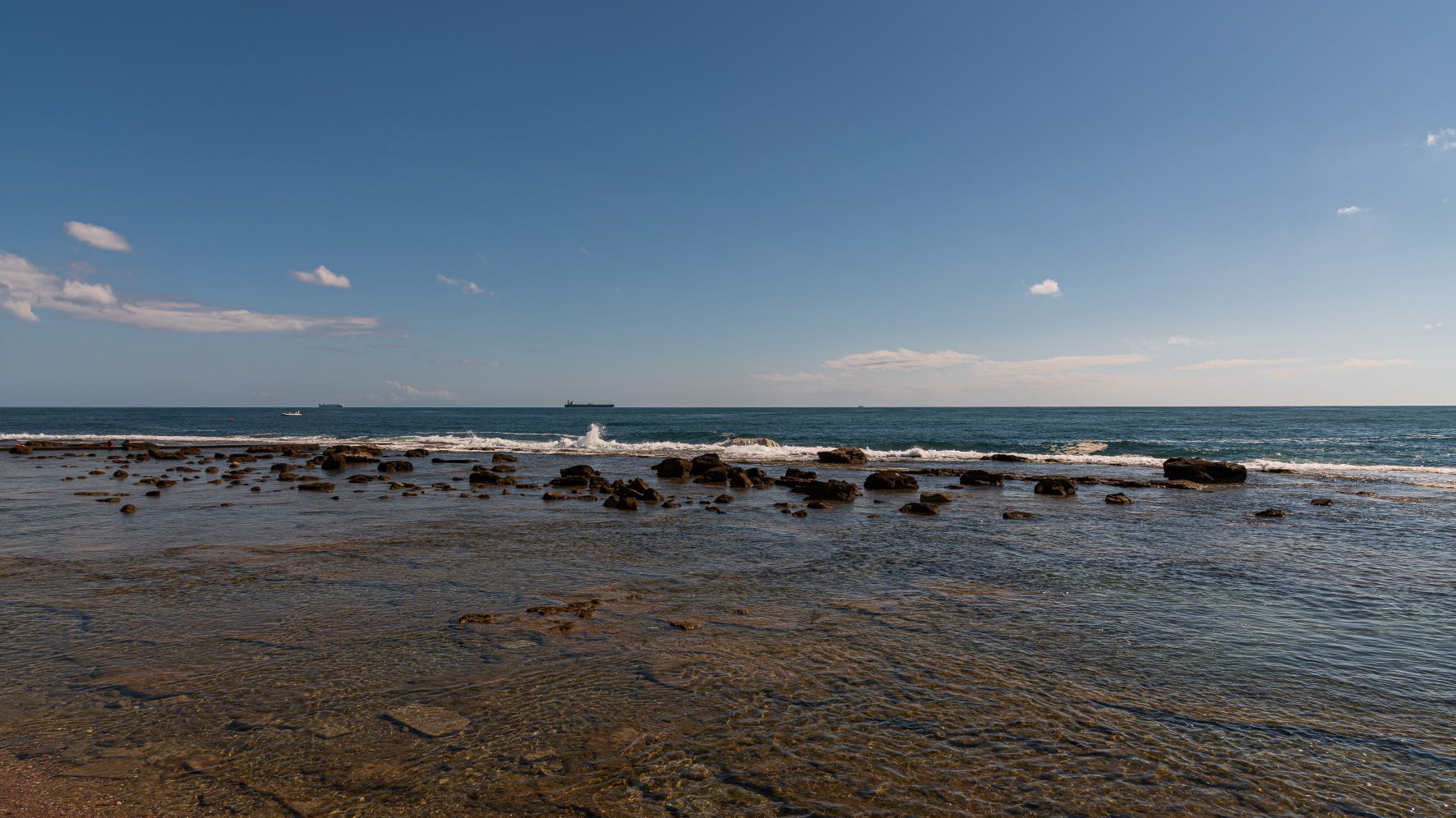
2021
Livorno
Livorno, Tuscany. The Livorno seafront. The Ligurian sea as seen from Terrazza Mascagni
The Livorno seafront is a promenade that winds for several kilometers along the coast of the Ligurian Sea, starting from the port area and ideally ending in the coastal stretch of the Romito.

2021
Fucecchio. Abbey of San Salvatore
The abbey of San Salvatore is located in the upper part of Fucecchio, in the province of Florence, diocese of San Miniato.
